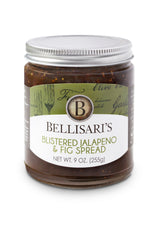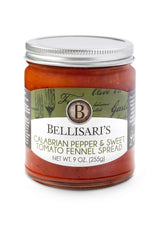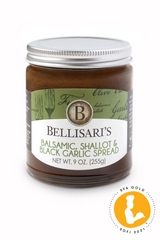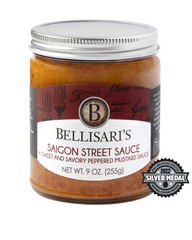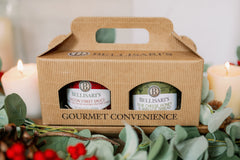
How’s your “Morel” Compass Working?

So what's so great about morels? Diehard foodies and amateur cooks alike struggle to describe the essence of what makes the mushroom so enticing it can command prices nearing $35 a pound or more. The beguiling morel, whose cap looks like a large, pruny thumb, packs a flavor that makes truffles seem like a cheap knock-off.
Morels are one of the most desired wild mushrooms in the world. They are praised for their flavor, texture, and appearance. The part that we eat is the fruiting body of the underground organism called mycelium that has a complex symbiotic relationship with trees. Every spring, mushroom enthusiasts, foraging chefs, and an ever growing group of commercial harvesters hunt these little forest treasures.
Part of its draw also lies in its limited availability. You can't plant them, you can't grow them. That's one reason they're so valuable. They grow where you find them, and their general scarcity has given rise to a culture of secrecy.
There's always that anxiety that someone else will have found “their” spots and taken the morels. Nobody wants to see someone coming back with a big bag of morels from the direction of their favorite hunting spots.
The popularity of morel hunting entices thousands of mushroom seekers to descend into Ohio's forests each spring. This will sometimes create friction between veterans and novice hunters, who don't always understand and follow the rules of the sport (yes, mushroom hunters will call it a sport).
In Ohio, foraging is allowed in state parks, but some mushroom enthusiasts, looking to score the mother lode, will wander wherever they think they might find the big haul, including private property and nature preserves.
In the end, most participants are in it for the love of the hunt. While some enterprising mushroom gathers have been known to sell their wares at farmers markets, to area restaurants, or even in their own online shops, for most, morel hunting is all about enjoying the haul with family and friends.
Morels come in many shapes and sizes, lending themselves to various preparation methods. One of the first batches of morels that come up — the smaller grays — are a favorite since they're so succulent. You can sauté those in butter and add cream for mushroom Alfredo. The bigger, yellow ones that come later. With those, you can slice them, then bread them before pan frying, then you put them between two slices of buttered bread for the best mushroom sandwich you’ve ever eaten!
The Ohio season for edible morels starts in or near the beginning of April and peaks in the first half of May. Beware of so-called false morels, which also grow during this time of year, as many of these are poisonous. Have a field guide handy when picking, and if possible, have an expert personally vet your collection before you consider eating from it.
Before you head out into the woods, take some time to learn about morel mushroom identification. Although not usually difficult to identify, true morels do have poisonous look-alikes. When hunting for mushrooms, taking along a field identification guide helps ensure that the mushroom you just picked is indeed what you think it is.
The best way to distinguish between morel mushrooms and false morel mushrooms, according to mushroom experts, comes when you slice them open. Morel mushrooms have a hollow center, while false morels do not. Morels also have a very distinct cap. Fairly uniform, they appear ridged and pitted inwards. Some say they look like honeycombs, and some say they resemble a brain.
If you’re new to morel mushroom identification, have an experienced hunter take you out and check your first finds. Remember: the two most important features to examine when trying to identify a morel mushroom are the cap shape and whether the interior is hollow.
Here are a few more features that may aid in morel mushroom identification.
- Nearby trees. Morels are known for their relationships with trees, particularly ash, elm, and apple trees.
- Time of year. These are spring mushrooms, fruiting anywhere from February to June depending on where you live. Cooler areas will see fruiting later in the year (May-June).
- Cap length. In most morels the cap is longer than the stem.
Morels are a bit of a rock star in the food world because they’re so hard to find, so expensive, and so exotic looking. They are usually reserved for fancy meals with fancy wine and meats. And they are so delicious! Even people who say they don’t like mushrooms often fall in love with morels.
Morels are not farmed. The complex, symbiotic relationship that the morel mycelium have with trees is difficult to replicate in an artificial environment. It is frequently attempted, even at the commercial level, but if there were a truly reliable method to cultivate morels, global supply would have increased, demand would drop, and the wild morel industry would fall apart.
This means that every morel that you eat has been picked by hand in its natural environment. And most likely that someone has traveled a great distance, hiked a great deal, perhaps camped remotely for weeks, battled the elements (mosquitoes, horseflies, rain, drought, etc.) and somehow managed to get that delicate specimen back to your city in decent enough condition for you to be able to purchase and enjoy.
Happy morel hunting from all of us at Bellisari’s! 🍄


